Green Energy: advantages and examples
Green energy plays a key role in the energy transition due to its low environmental impact. But what is green energy? What are its advantages?
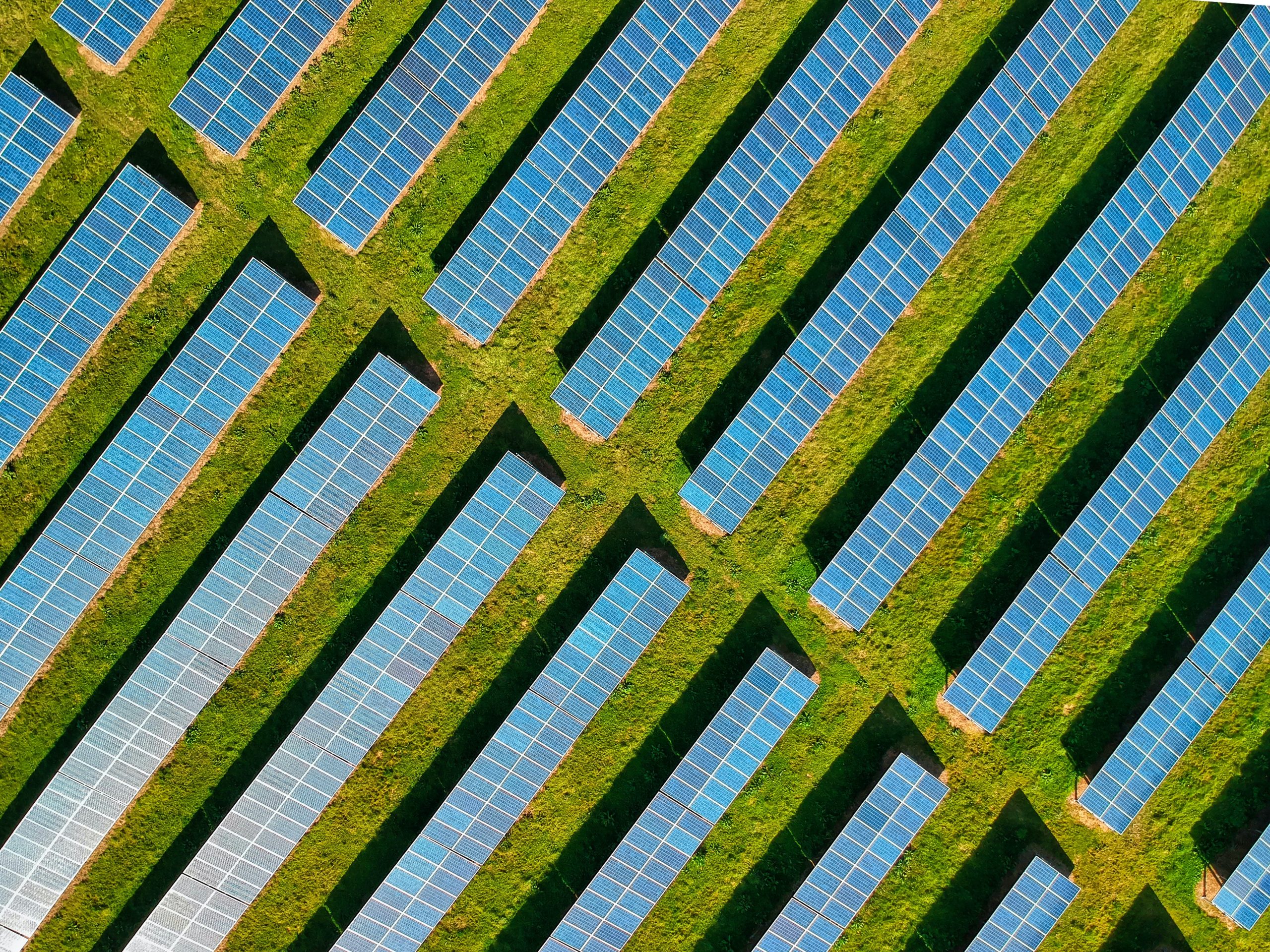
What is green energy?
"Green" energy is clean energy that, unlike fossil fuels, is non-polluting that comes from 100% renewable sources, meaning it does not harm the environment and is more sustainable. We tend to confuse clean energies with renewable energies. The key difference is that all renewable energies are clean, but not all clean energies are renewable.
What is the difference between renewable energy and clean energy?Renewable energy comes from resources provided by nature - the wind and sun being the most obvious examples. Clean energy is energy that produces little or no pollution. It includes renewables, but it also includes nuclear energy and the carbon-neutralising impact of technologies like carbon capture and sequestration (CCS).
For example, nuclear energy is clean because it is decarbonised and does not emit greenhouse gases into the atmosphere. However, this energy is not renewable because uranium, its fuel, is a limited resource.
What are the types of green energy?
There are several types of renewable energy from obtaining natural resources such as wind, water or the sun.
Types of green energy
| Green Energy | Source | Technology | Use |
|---|---|---|---|
| Solar energy | Sun | Photovoltaic, thermosolar | Electricity, heating, cooling |
| Wind power | Wind | Wind turbines | Electricity |
| Hydroelectric energy | Water | Hydroelectric plants | Electricity |
| Geothermal energy | The Earth | Surface geothermal systems and heat pumps | Electricity, heating, cooling |
| Bioenergy | Biomass | Biomass combustion, biogas plants, biofuels | Electricity, heating and cooling, transportation |
- Solar energy is a renewable energy produced from sunlight, so it is also an intermittent energy. It takes advantage of solar energy in two ways: with photovoltaic technology and with thermal technology. Photovoltaic solar energy converts the sun's rays into electricity through the use of photovoltaic plates or panels, while solar thermal energy is generally used to heat fluids, such as domestic water heaters.
- Wind energy depends on the strength of the wind. It comes from turbines, called wind turbines or air turbines, which convert the kinetic energy of the wind into energy.
- Hydraulic or hydroelectric energy transforms the kinetic energy of water into electricity through hydroelectric plants. Like wind or solar power, hydropower is intermittent: it depends on the flow of water (dams, rivers, streams, etc.) and on rainfall. In other words, the drier the year, the less hydroelectric energy will be produced and vice versa.
- Geothermal energy is a process that takes advantage of the Earth’s natural heat and converts it into energy. It is one of the only renewable energies that is not intermittent and therefore does not depend on atmospheric conditions.
- Biomass is used to produce electricity and fuel (for example, biogas) from the heat released by the combustion of organic plants or animal waste, or from their fermentation. The energy from plant waste has the advantage of being carbon neutral. In fact, burning plant waste produces as many CO2 emissions as it absorbs during photosynthesis. It is important to know that biomass is only considered a renewable energy source when its consumption is less than its regeneration. Its two main production techniques are as follows:
- Biomass by combustion to produce electricity: during its combustion, organic waste (wood, agricultural waste, household waste) produces heat and electricity.
- Biomass by methanation to produce biogas: during its fermentation, organic waste (domestic, agricultural, agro-industrial) is transformed into biogas.
Renewable energy generated by wind, sunlight, water and wood made up 42% of the UK’s electricity in 2020, according to climate think tank Ember. Although renewable energy overtook fossil fuels in the final months of 2019, last year was the first time that renewables were the main source of the UK’s electricity over a 12-month period.
Advantages of green energy
Green energy has many advantages including:
- Clean energy;
- Inexhaustible energy source;
- No carbon emissions or greenhouse gases;
- Energy independence;
- Self-sufficient;
- Sustainability;
- Environmentally-friendly and slows down climate change.
In addition to contributing to the protection of the environment, using green electricity and green gas can also help you make savings on your bills.
Джерело: https://climate.selectra.com/

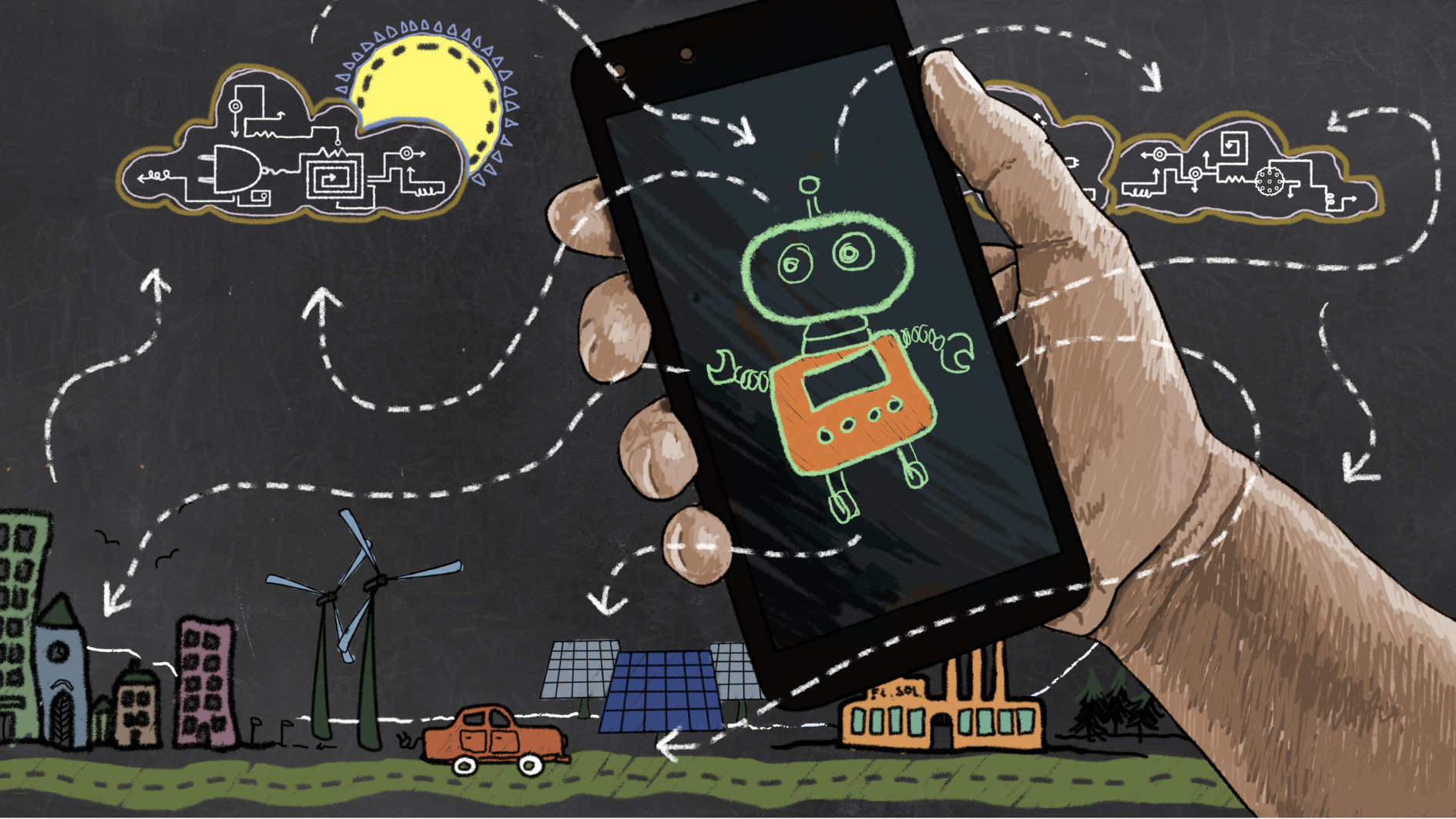






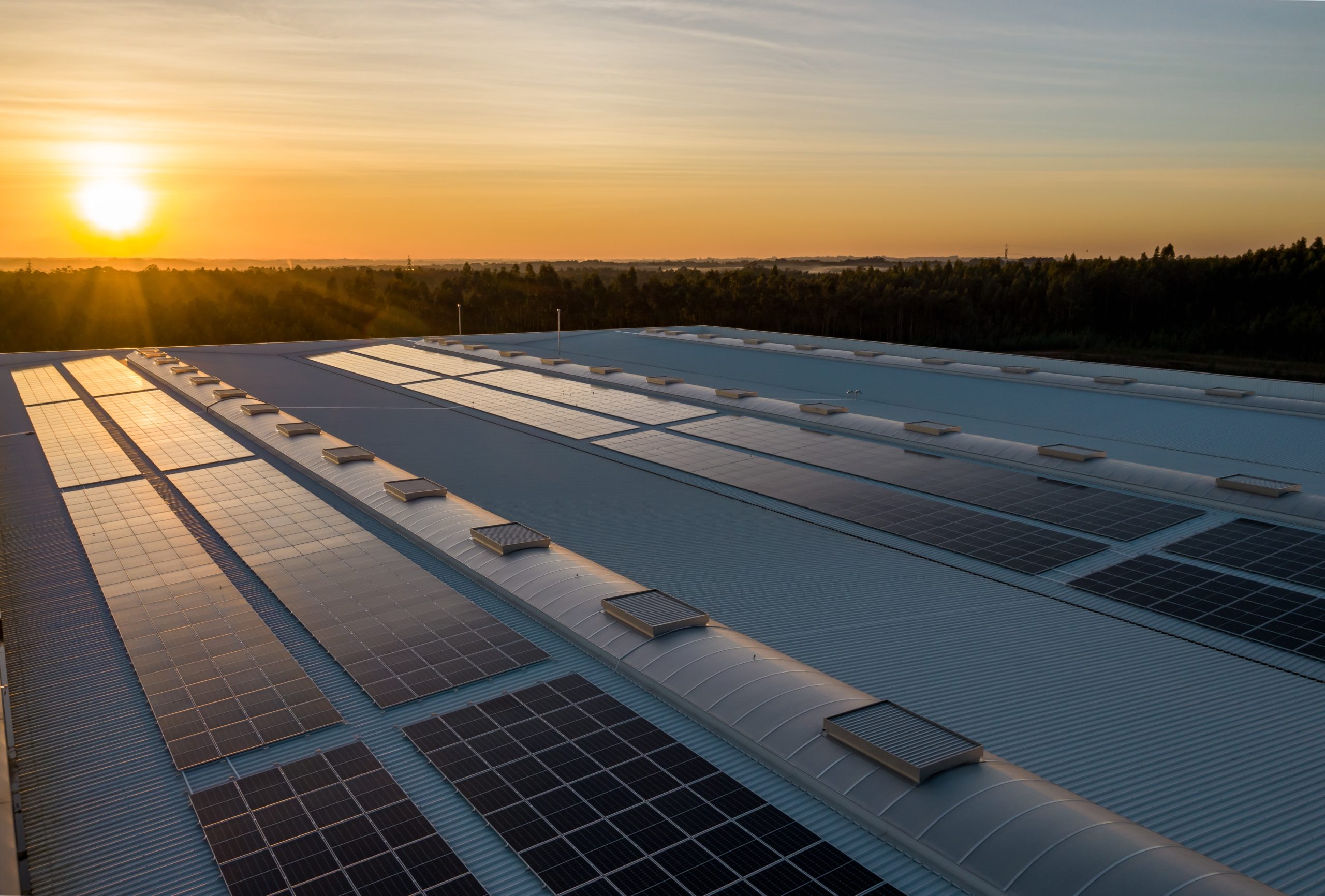
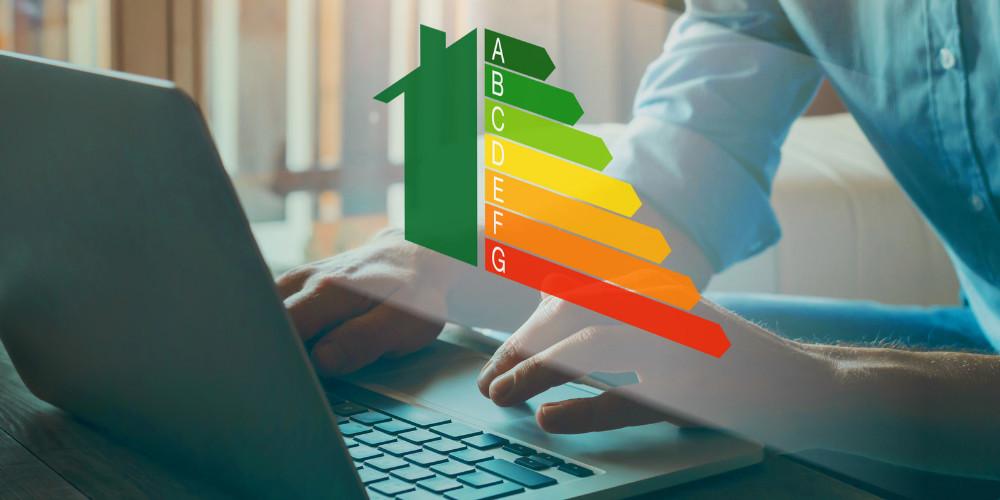
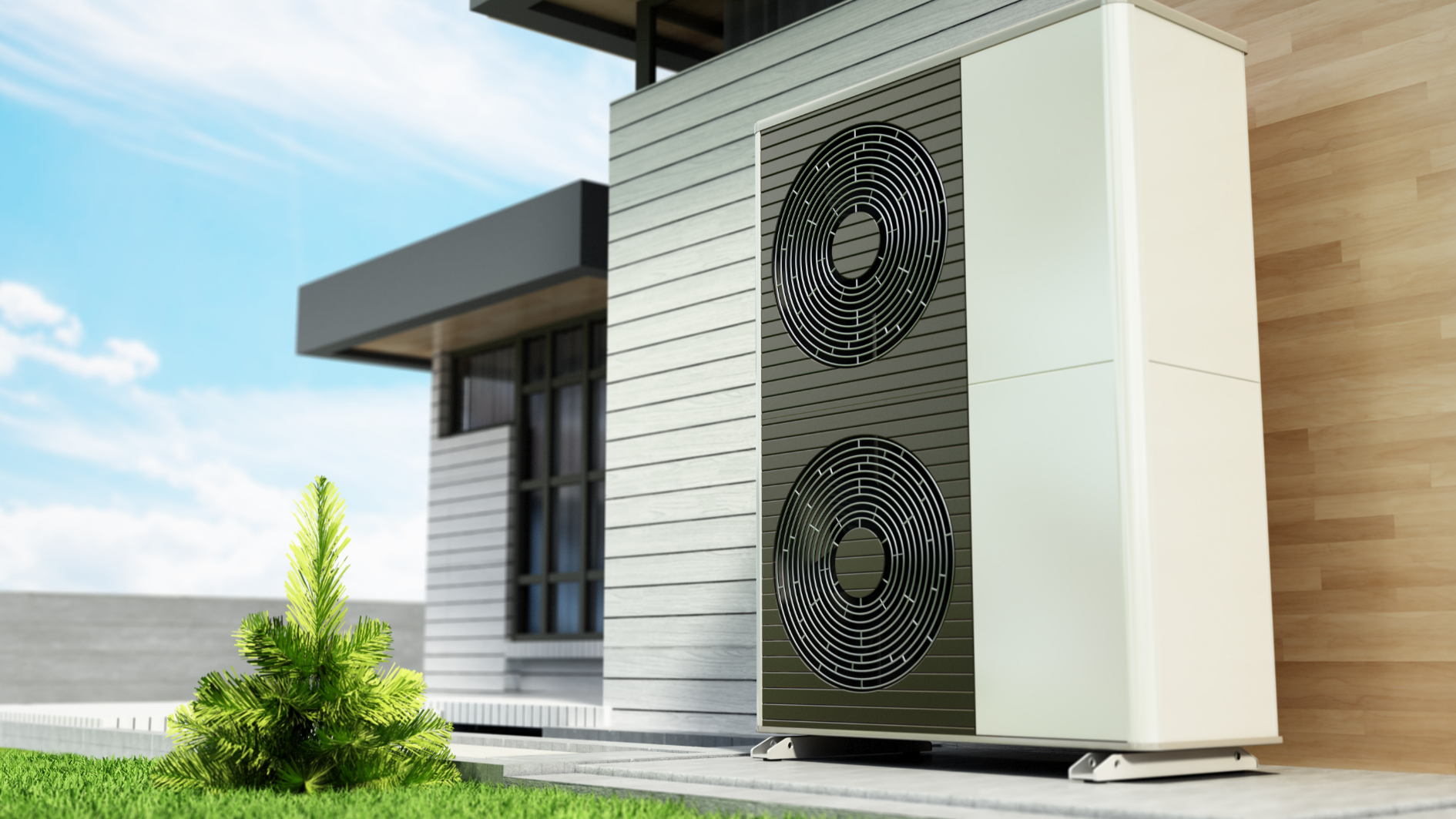
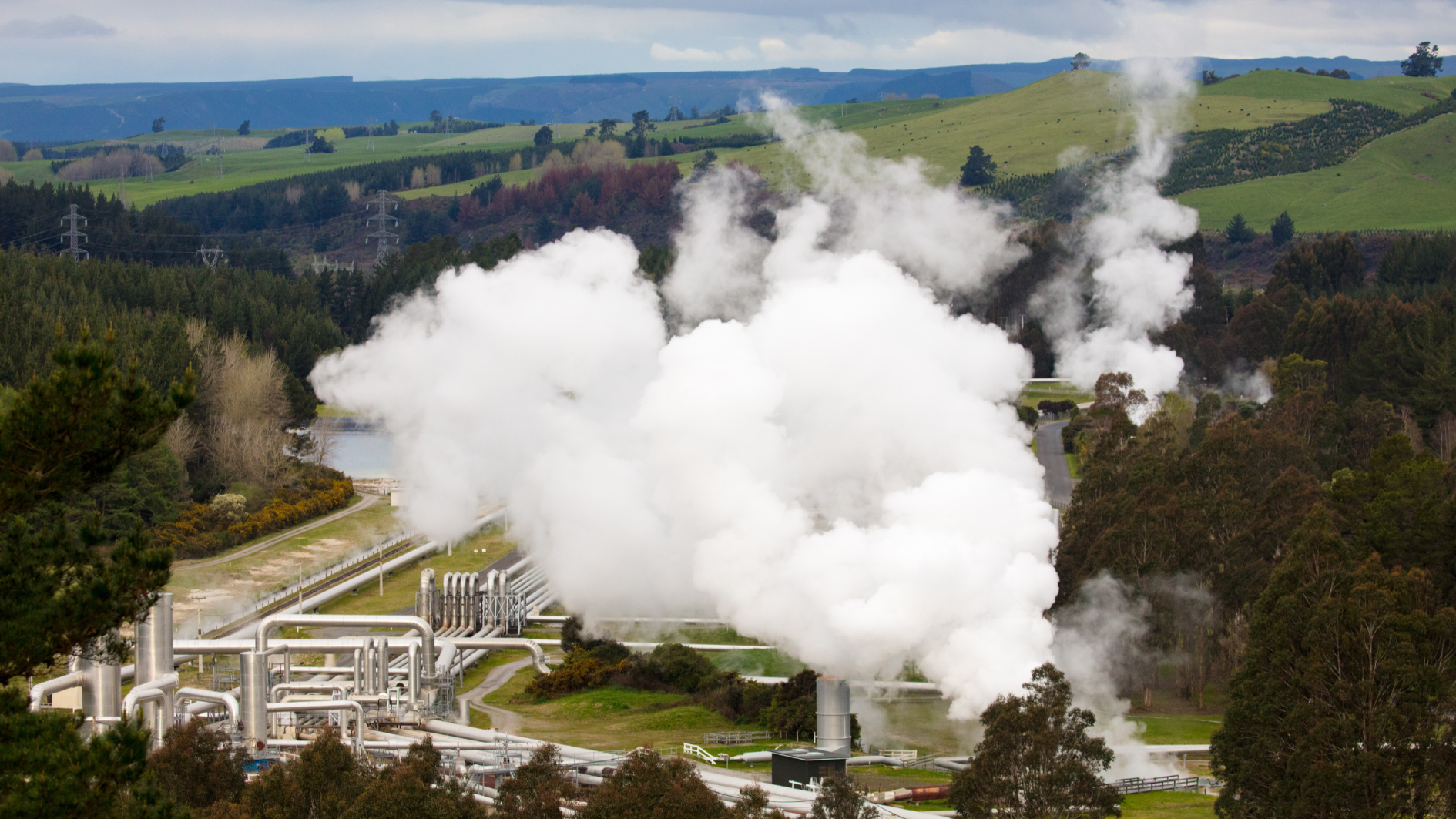

 Subscribe to newsletter
Subscribe to newsletter 

